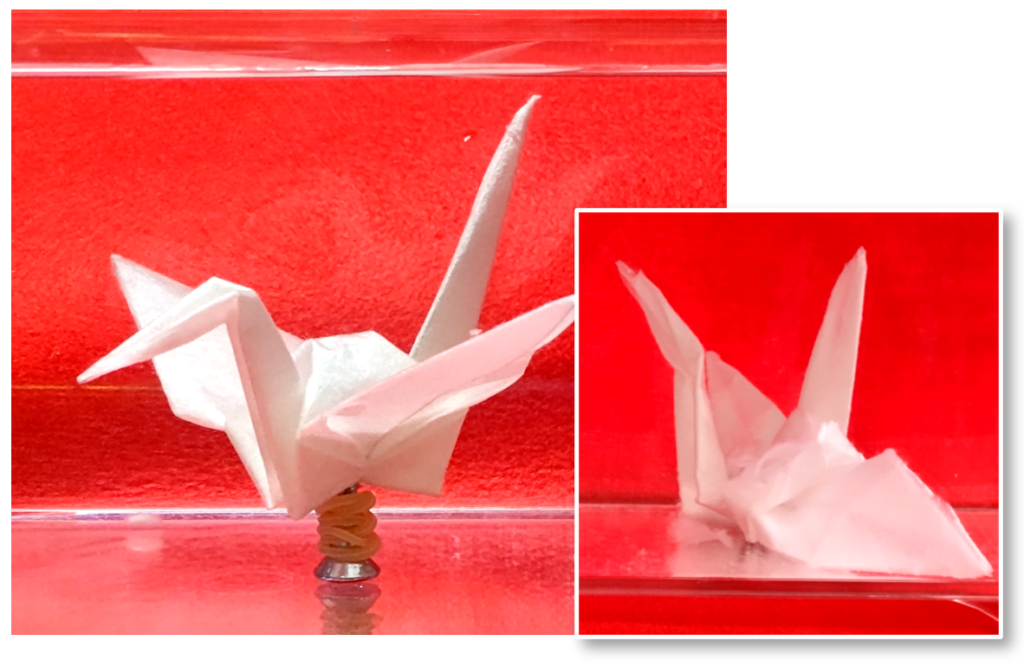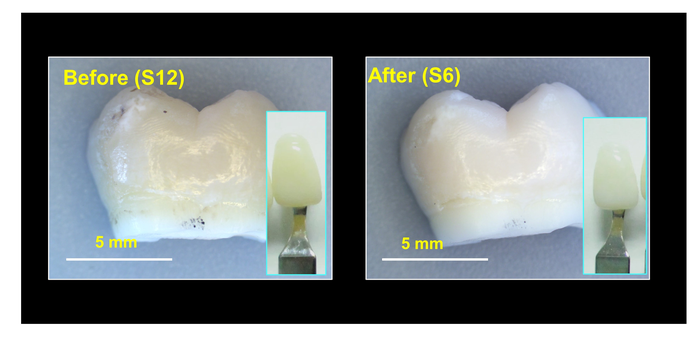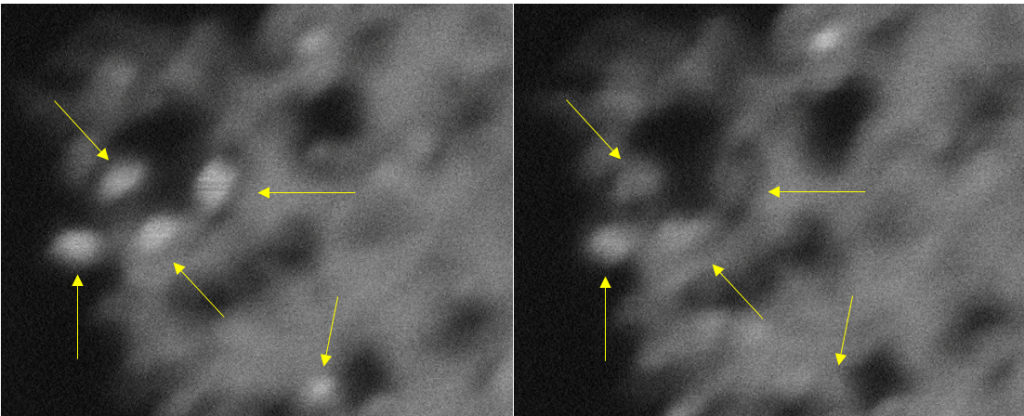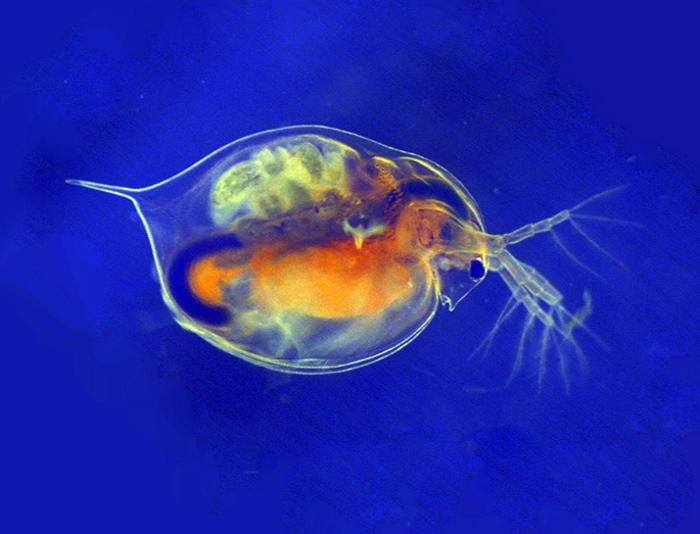There must be some sweet satisfaction or perhaps it’s better described as relief for the Environmental Working Group (EWG) now that sunscreens with metallic (zinc oxide and/or titanium dioxide) nanoparticles are gaining wide acceptance. (More about the history and politics EWG and metallic nanoparticles at the end of this posting.)
This acceptance has happened alongside growing concerns about oxybenzone, a sunscreen ingredient that EWG has long warned against. Oxybenzone has been banned from use in Hawaii due to environmental concerns (see my July 6, 2018 posting; scroll down about 40% of the way for specifics about Hawaii). Also, it is one of the common sunscreen ingredients for which the US Food and Drug Administration (FDA) is completing a safety review.
Today, zinc oxide and titanium dioxide metallic nanoparticles are being called minerals, as in, “mineral-based” sunscreens. They are categorized as physical sunscreens as opposed to chemical sunscreens.
I believe the most recent sunscreen posting here was my 2018 update (uly 6, 2018 posting) so the topic is overdue for some attention here. From a May 21, 2020 EWG news release (received via email),
As states reopen and Americans leave their homes to venture outside, it’s important for them to remember to protect their skin from the sun’s harmful rays. Today the Environmental Working Group released its 14th annual Guide to Sunscreens.
This year researchers rated the safety and efficacy of more than 1,300 SPF products – including sunscreens, moisturizers and lip balms – and found that only 25 percent offer adequate protection and do not contain worrisome ingredients such as oxybenzone, a potential hormone-disrupting chemical that is readily absorbed by the body.
Despite a delay in finalizing rules that would make all sunscreens on U.S. store shelves safer, the Food and Drug Administration, the agency that governs sunscreen safety, is completing tests that highlight concerns with common sunscreen ingredients. Last year, the agency published two studies showing that, with just a single application, six commonly used chemical active ingredients, including oxybenzone, are readily absorbed through the skin and could be detected in our bodies at levels that could cause harm.
“It’s quite concerning,” said Nneka Leiba, EWG’s vice president of Healthy Living science. “Those studies don’t prove whether the sunscreens are unsafe, but they do highlight problems with how these products are regulated.”
“EWG has been advocating for the FDA to review these chemical ingredients for 14 years,” Leiba said. “We slather these ingredients on our skin, but these chemicals haven’t been adequately tested. This is just one example of the backward nature of product regulation in the U.S.”
Oxybenzone remains a commonly used active ingredient, found in more than 40 percent of the non-mineral sunscreens in this year’s guide. Oxybenzone is allergenic and a potential endocrine disruptor, and has been detected in human breast milk, amniotic fluid, urine and blood.
According to EWG’s assessment, fewer than half of the products in this year’s guide contain active ingredients that the FDA has proposed are safe and effective.
“Based on the best current science and toxicology data, we continue to recommend sunscreens with the mineral active ingredients zinc dioxide and titanium dioxide, because they are the only two ingredients the FDA recognized as safe or effective in their proposed draft rules,” said Carla Burns, an EWG research and database analyst who manages the updates to the sunscreen guide.
Most people select sunscreen products based on their SPF, or sunburn protection factor, and mistakenly assume that bigger numbers offer better protection. According to the FDA, higher SPF values have not been shown to provide additional clinical benefit and may give users a false sense of protection. This may lead to overexposure to UVA rays that increase the risk of long-term skin damage and cancer. The FDA has proposed limiting SPF claims to 60+.
EWG continues to hone our recommendations by strengthening the criteria for assessing sunscreens, which are based on the latest findings in the scientific literature and commissioned tests of sunscreen product efficacy. This year EWG made changes to our methodology in order to strengthen our requirement that products provide the highest level of UVA protection.
“Our understanding of the dangers associated with UVA exposure is increasing, and they are of great concern,” said Burns. “Sunburn during early life, especially childhood, is very dangerous and a risk factor for all skin cancers, but especially melanoma. Babies and young children are especially vulnerable to sun damage. Just a few blistering sunburns early in life can double a person’s risk of developing melanoma later in life.”
EWG researchers found 180 sunscreens that meet our criteria for safety and efficacy and would likely meet the proposed FDA standards. Even the biggest brands now provide mineral options for consumers.
Even for Americans continuing to follow stay-at-home orders, wearing an SPF product may still be important. If you’re sitting by a window, UVA and UVB rays can penetrate the glass.
It is important to remember that sunscreen is only one part of a sun safety routine. People should also protect their skin by covering up with clothing, hats and sunglasses. And sunscreen must be reapplied at least every two hours to stay effective.
EWG’s Guide to Sunscreens helps consumers find products that get high ratings for providing adequate broad-spectrum protection and that are made with ingredients that pose fewer health concerns.
The new guide also includes lists of:
Here are more quick tips for choosing better sunscreens:
- Check your products in EWG’s sunscreen database and avoid those with harmful ingredients.
- Avoid products with oxybenzone. This chemical penetrates the skin, gets into the bloodstream and can affect normal hormone activities.
- Steer clear of products with SPF higher than 50+. High SPF values do not necessarily provide increased UVA protection and may fool you into thinking you are safe from sun damage.
- Avoid sprays. These popular products pose inhalation concerns, and they may not provide a thick and uniform coating on the skin.
- Stay away from retinyl palmitate. Government studies link the use of retinyl palmitate, a form of vitamin A, to the formation of skin tumors and lesions when it is applied to sun-exposed skin.
- Avoid intense sun exposure during the peak hours of 10 a.m. to 4 p.m.
Shoppers on the go can download EWG’s Healthy Living app to get ratings and safety information on sunscreens and other personal care products. Also be sure to check out EWG’s sunscreen label decoder.
One caveat, these EWG-recommended products might not be found in Canadian stores or your favourite product may not have been reviewed for inclusion, as a product to be sought out or avoided, in their database. For example, I use a sunscreen that isn’t listed in the database, although at least a few other of the company’s sunscreen products are. On the plus side, my sunscreen doesn’t include oxybenzone or retinyl palmitate as ingredients.
To sum up the situation with sunscreens containing metallic nanoparticles (minerals), they are considered to be relatively safe but should new research emerge that designation could change. In effect, all we can do is our best with the information at hand.
History and politics of metallic nanoparticles in sunscreens
In 2009 it was a bit of a shock when the EWG released a report recommending the use of sunscreens with metallic nanoparticles in the list of ingredients. From my July 9, 2009 posting,
The EWG (Environmental Working Group) is, according to Maynard [as of 20202: Dr. Andrew Maynard is a scientist and author, Associate Director of Faculty in the ASU {Arizona State University} School for the Future of Innovation in Society, also the director of the ASU Risk Innovation Lab, and leader of the Risk Innovation Nexus], not usually friendly to industry and they had this to say about their own predisposition prior to reviewing the data (from EWG),
When we began our sunscreen investigation at the Environmental Working Group, our researchers thought we would ultimately recommend against micronized and nano-sized zinc oxide and titanium dioxide sunscreens. After all, no one has taken a more expansive and critical look than EWG at the use of nanoparticles in cosmetics and sunscreens, including the lack of definitive safety data and consumer information on these common new ingredients, and few substances more dramatically highlight gaps in our system of public health protections than the raw materials used in the burgeoning field of nanotechnology. But many months and nearly 400 peer-reviewed studies later, we find ourselves drawing a different conclusion, and recommending some sunscreens that may contain nano-sized ingredients.
My understanding is that after this report, the EWG was somewhat ostracized by collegial organizations. Friends of the Earth (FoE) and the ETC Group both of which issued reports that were published after the EWG report and were highly critical of ‘nano sunscreens’.
The ETC Group did not continue its anti nanosunscreen campaign for long (I saw only one report) but FoE (in particular the Australian arm of the organization) more than made up for that withdrawal and to sad effect. My February 9, 2012 post title was this: Unintended consequences: Australians not using sunscreens to avoid nanoparticles?
An Australian government survey found that 13% of Australians were not using any sunscreen due to fears about nanoparticles. In a country with the highest incidence of skin cancer in the world and, which spent untold millions over decades getting people to cover up in the sun, it was devastating news.
FoE immediately withdrew all their anti nanosunscreen materials in Australia from circulation while firing broadsides at the government. The organization’s focus on sunscreens with metallic nanoparticles has diminished since 2012.
Research
I have difficulty trusting materials from FoE and you can see why here in this July 26, 2011 posting (Misunderstanding the data or a failure to research? Georgia Straight article about nanoparticles). In it, I analyze Alex Roslin’s profoundly problematic article about metallic nanoparticles and other engineered nanoparticles. All of Roslin’s article was based on research and materials produced by FoE which misrepresented some of the research. Roslin would have realized that if he had bothered to do any research for himself.
EWG impressed me mightily with their refusal to set aside or dismiss the research disputing their initial assumption that metallic nanoparticles in sunscreens were hazardous. (BTW, there is one instance where metallic nanoparticles in sunscreens are of concern. My October 13, 2013 posting about anatase and rutile forms of titanium dioxide at the nanoscale features research on that issue.)
EWG’s Wikipedia entry
Whoever and however many are maintaining this page, they don’t like EWG at all,
…
The accuracy of EWG reports and statements have been criticized, as has its funding by the organic food industry[2][3][4][5] Its warnings have been labeled “alarmist”, “scaremongering” and “misleading”.[6][7][8] Despite the questionable status of its work, EWG has been influential.[9]
This is the third paragraph in the Introduction. At its very best, the information is neutral, otherwise, it’s much like that third paragraph.
Even John D. Rockeller’s entry is more flattering and he was known as the ‘most hated man in America’ as this show description on the Public Broadcasting Service (PBS) website makes clear,
American Experience
The Rockefellers Chapter One
Clip: Season 13 Episode 1 | 9m 37s
John D. Rockefeller was the world’s first billionaire and the most hated man in America. Watch the epic story of the man who monopolized oil.
Fun in the sun
Have fun in the sun this summer. There’s EWG’s sunscreen database, the tips listed in the news release, and EWG also has a webpage where they describe their methodology for how they assess sunscreens. It gets a little technical (for me anyway) but it should answer any further safety questions you might have after reading this post.
It may require a bit of ingenuity given the concerns over COVID-19 but I’m constantly amazed at the inventiveness with which so many people have met this pandemic. (This June 15, 2020 Canadian Broadcasting Corporation article by Sheena Goodyear features a family that created a machine that won the 2020 Rube Goldberg Bar of Soap Video challenge. The article includes an embedded video of the winning machine in action.)




